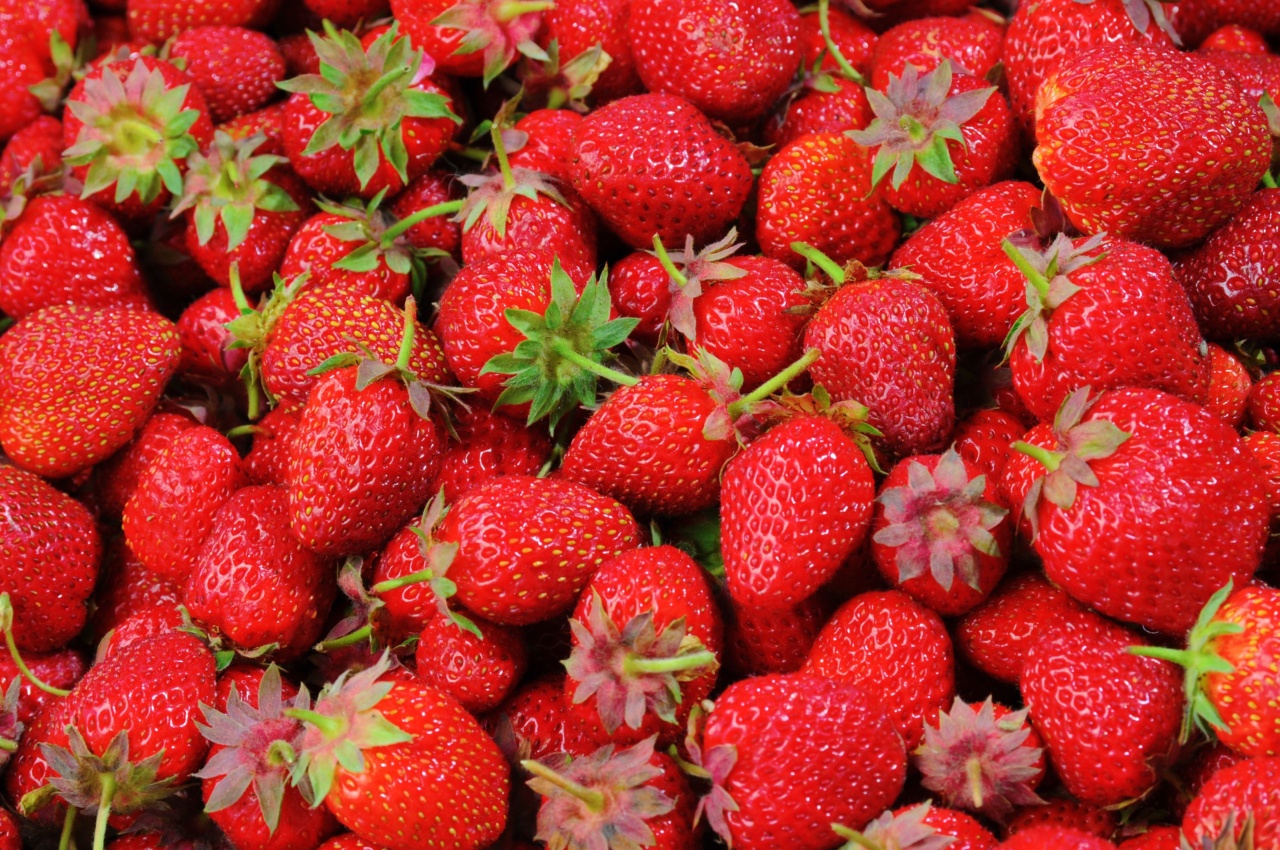If you’re looking for a healthier way to eat, one of the first steps you can take is to cut down on your red meat intake. While red meat can be tasty, it’s often high in saturated fat, which can be detrimental to your health over time.
However, that doesn’t mean you have to give up all of your favorite dishes! In this guide, we’ll explore some delicious alternatives to red meat that will help you stay healthy and satisfied.
1. Poultry
One of the most popular alternatives to red meat is poultry. Chicken and turkey are both lean meats that are low in saturated fat and high in protein.
They’re also versatile, so you can use them in a wide variety of dishes, from stir-fries to salads to soups. If you’re looking for a tasty and healthy way to get your protein, poultry is a great choice.
2. Seafood
If you’re a fan of seafood, you’re in luck. Not only is fish low in saturated fat and high in protein, but it’s also full of healthy omega-3 fatty acids that can help reduce your risk of heart disease.
Some of the best fish choices include salmon, tuna, and sardines. You can also include other types of seafood, such as shrimp and scallops, in your diet for a delicious and healthy change of pace.
3. Vegetarian Protein Sources
If you’re looking for a meat-free option, there are plenty of vegetarian protein sources to choose from. Beans, lentils, and chickpeas are all great choices, as they’re high in protein, fiber, and other important nutrients.
You can use these ingredients in a variety of dishes, from veggie burgers to stews to hummus. Another option is tofu, which is made from soybeans and is a great source of protein and other nutrients.
4. Grains and Nuts
While they may not be the first things that come to mind when you think of protein, grains and nuts can also be great sources of this essential nutrient.
Quinoa, for example, is a complete protein that’s high in fiber and other important nutrients. Other good choices include brown rice, whole wheat pasta, and oats. When it comes to nuts, almonds, walnuts, and pistachios are all high in protein and healthy fats.
5. Dairy Products
Milk, cheese, and yogurt are all great sources of protein, calcium, and other important nutrients. However, it’s important to choose low-fat or fat-free versions of these products to avoid consuming too much saturated fat.
Greek yogurt is also a good choice, as it’s higher in protein and lower in sugar than regular yogurt.
6. Meat Alternatives
If you’re looking for something that tastes like meat without the negative health effects, there are plenty of meat alternatives to choose from.
Plant-based burgers, sausages, and other meat substitutes are becoming increasingly popular, and many are made from healthy ingredients like soy or pea protein. You can also try alternatives like lentil patties or mushroom risotto for a healthy and satisfying meal.
7. Herbs and Spices
If you’re cutting down on red meat, you may be worried that your meals will be lacking in flavor. However, herbs and spices can help you add delicious flavor to your dishes without relying on meat.
Some of the best options include garlic, ginger, cilantro, basil, and rosemary. Experiment with different combinations to find the flavors that work best for you.
8. Healthy Fats
While it’s important to limit your intake of saturated fat, it’s also important to include healthy fats in your diet.
Avocado, olive oil, and nuts are all great sources of monounsaturated and polyunsaturated fats, which can help improve your heart health and reduce inflammation. When cooking, try swapping out butter or vegetable oil for olive oil to add some healthy fats to your meals.
9. Portion Control
While it’s important to choose healthy alternatives to red meat, it’s also important to practice portion control. Overeating, even with healthy foods, can lead to weight gain and other health problems.
Use smaller plates and bowls, and pay attention to your body’s hunger and fullness signals to avoid overeating.
10. Balance and Variety
Finally, it’s important to remember that a healthy diet is all about balance and variety. Don’t rely too heavily on any one food or food group, and aim for a variety of colors and flavors in your meals.
Incorporate different types of vegetables, lean proteins, and healthy fats into your diet to ensure that you’re getting all of the nutrients you need.





























